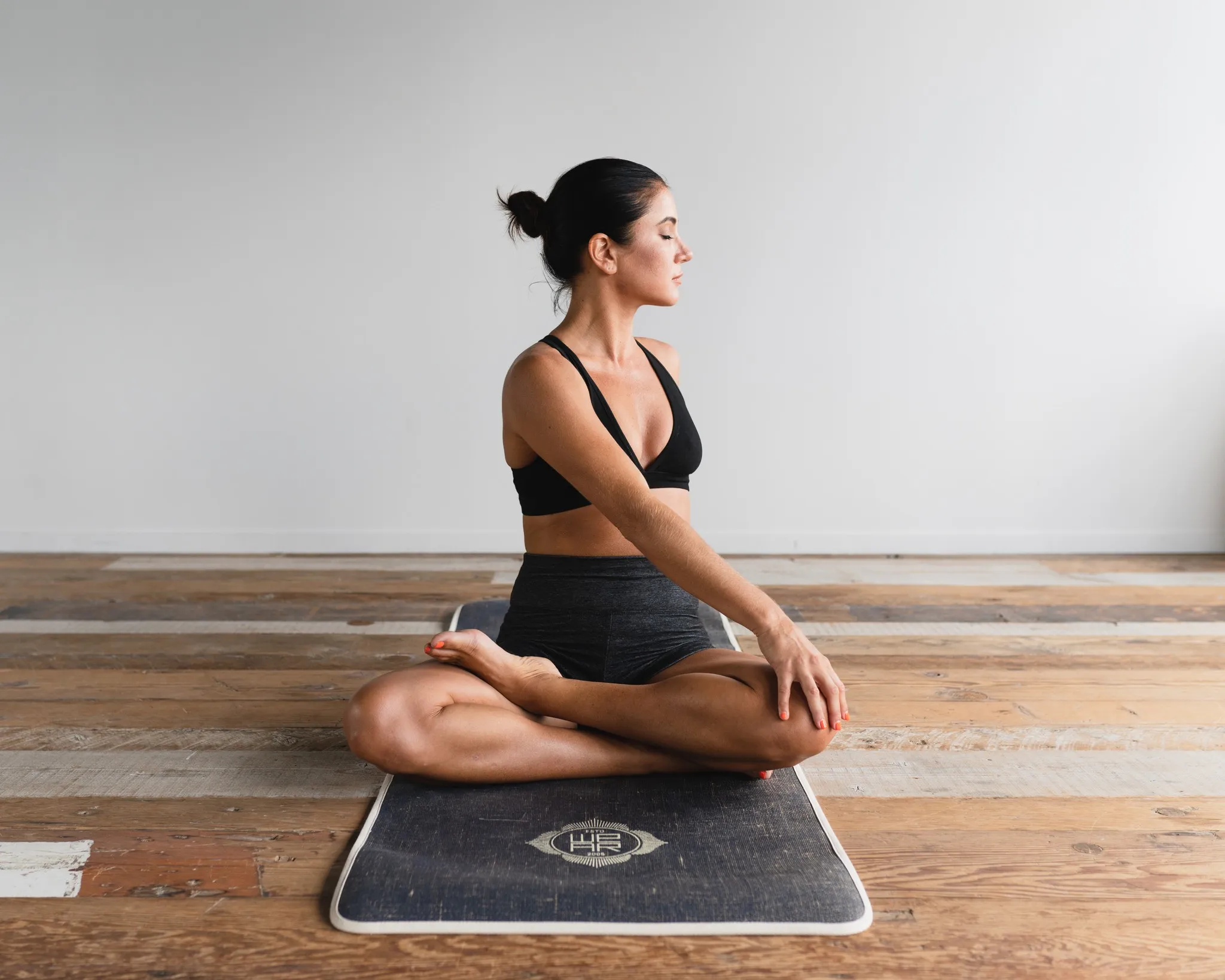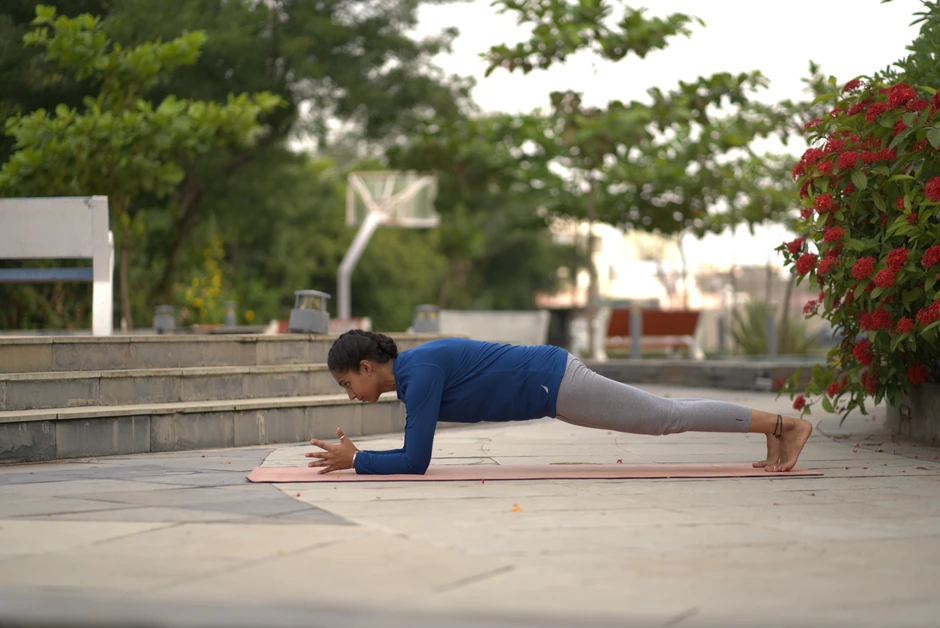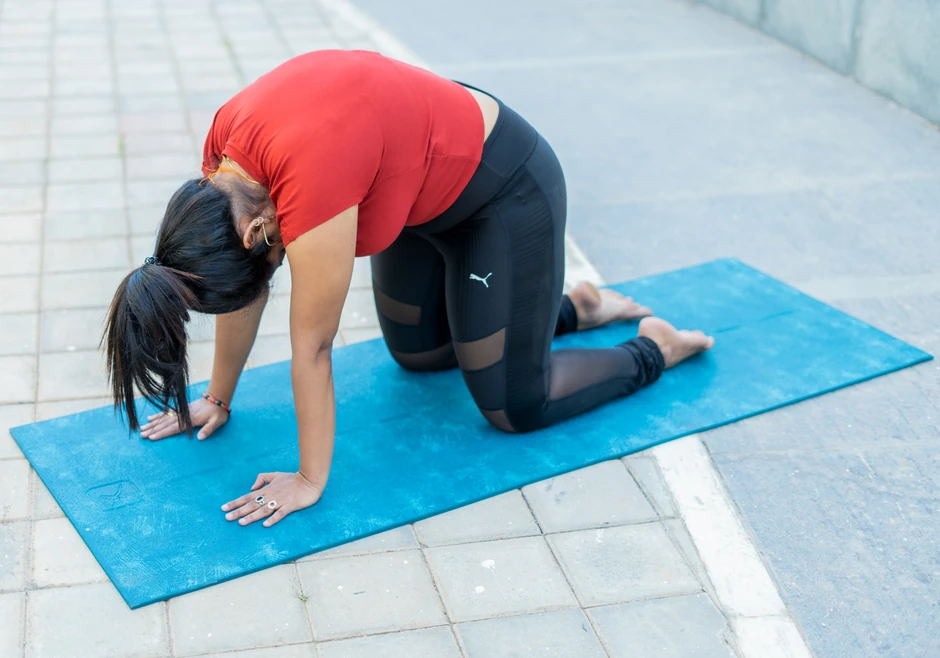

Multiple Sclerosis (MS) is a challenging disease to navigate, as it can cause difficult symptoms like muscle spasms and weakness, chronic fatigue, vision problems, mental health issues, and more. Patients with MS can manage their symptoms and improve their quality of life by starting and maintaining a regular yoga practice.
Yoga helps with many of the symptoms of MS by strengthening the body, calming the mind, and improving balance, flexibility, and coordination. One of the most noticeable symptoms of MS is fatigue. If you’re an MS patient, yoga can help you stave off fatigue by increasing the circulation and energy flow throughout your body. Yogic breathing techniques also help to oxygenate your blood, increasing energy levels and relieving fatigue. By focusing on the breath and taking time for slow and deliberate movements, yoga can help you manage your energy levels.
Another common symptom of MS is stiffness and spasticity of muscles. Yoga poses help you stretch and lengthen your muscles, reducing stiffness and spasms. However, it is important to choose poses that are gentle and that work with your individual range of motion and mobility.
Balance and coordination are also often affected by MS. Yoga poses that challenge balance, such as Tree pose, help to strengthen the muscles responsible for balance and coordination. Poses that work on core strength, such as Plank pose, can also help with balance and stability.
Yoga also comes with significant mental and emotional benefits that can help you manage stress and anxiety. The relaxation and meditation techniques used in yoga can help to calm your mind, reduce stress, and improve your mood. Mindfulness meditation has been shown to be effective in managing anxiety and depression in MS patients. Yoga also provides a sense of community and connection, which can be especially important if you’re suffering from a chronic illness like MS.
When practicing yoga for MS, it is important to choose poses that are safe and appropriate for your specific condition. It’s also important to listen to your body and avoid overdoing it. If you’re just starting out with yoga, it’s recommended that you first start with a certified yoga instructor who can guide you through each pose with the correct alignment. At MyYogaTeacher, you can work 1-on-1 with a private instructor who can tailor your session to your individual needs.
Before getting started on your yoga journey, it’s important to keep a few things in mind:
- Start Slow: Begin with gentle poses that allow you to get in touch with your breath and body.
- Use Props: Props, such as blocks and straps, can be helpful in adapting poses to your individual needs.
- Practice Mindfulness: Being mindful of your breath and body can help you stay present in your practice and avoid injury. This means focusing on how your body feels in each pose and being aware of any areas of discomfort. If a yoga pose is causing pain or discomfort, exit the posture immediately.
- Take Breaks: It’s important to listen to your body and take breaks as needed. Avoid pushing yourself beyond your limits or overdoing it.
- Stay Hydrated: Drink plenty of water before, during, and after your practice to stay hydrated and avoid dizziness or lightheadedness.
You can practice yoga for MS in the comfort of your own home, and just a few simple poses on a regular basis can produce noticeable results over time. Try performing the poses below at least 2-3 times per week to improve your balance and mobility, and increase your overall energy levels.
If you’re suffering from issues with mobility and balance, use a chair or nearby wall for support while practicing standing poses.

Start by standing at the front of your mat or sitting upright in a chair. Keep your feet hip distance apart, and you can rest your arms at your sides or bring your hands together in prayer formation. Inhale and feel your chest opening and your collar bones widening as you focus on balancing your weight proportionally on both of your feet. Gaze straight forward and maintain this pose for 1-2 minutes.

If you have trouble balancing and wish to modify this pose, try practicing it next to a wall or with a chair.
Move to the back portion of your mat and step your right foot forward. Your right toes should be pointed forward and your left (back) foot should be kept parallel with your mat. Bend your right knee at 90 degrees, taking care not to overextend. Your right knee should not move forward past your toes. With your hips evenly squared, stretch your arms out to both sides, so that your right arm extends out in front of you and your left arm is extended behind you. Open your chest and focus on activating your legs so that you are grounded into your mat. Hold this pose for 5-6 breaths and repeat on the other side.
.webp)
Stand next to a wall or chair for support. Bring your awareness to your left foot and firmly ground it into the mat. Begin to shift your body weight to your left foot, while gently lifting your right foot. Depending on your ability to balance, you can place the sole of your right foot on your left calf or thigh. As you do this, be sure to keep your pelvis aligned, your spine straight, and your gaze focused forward. Give yourself a moment to steady yourself, and then, if you feel comfortable, press your hands together in prayer formation or use the wall or chair for support. Hold for 5-6 deep breaths and repeat on the other side, then return to Mountain pose.

Lie face down on your mat, and using your palms to push up from the floor, lift your body until you are balanced on your palms and the toes of your feet. If you are not able to balance on your toes, lower your knees to the ground. In this pose, your body should be positioned in a straight line, with your gaze directed at the floor in front of you. Hold for a few breaths, or for 30-60 seconds if you are feeling strong in this pose.

Move to a tabletop position on your mat, with your hands and knees on the floor. Inhale and look up, lifting your chin and gently arching your back. Feel the stretch in your chest and abdomen. As you exhale, drop your chin and look down toward your naval as you curl your spine forward. Continue this movement 5-10 times.

Receive personalized guidance tailored to your unique fitness goals, live with a dedicated coach—no credit card required.